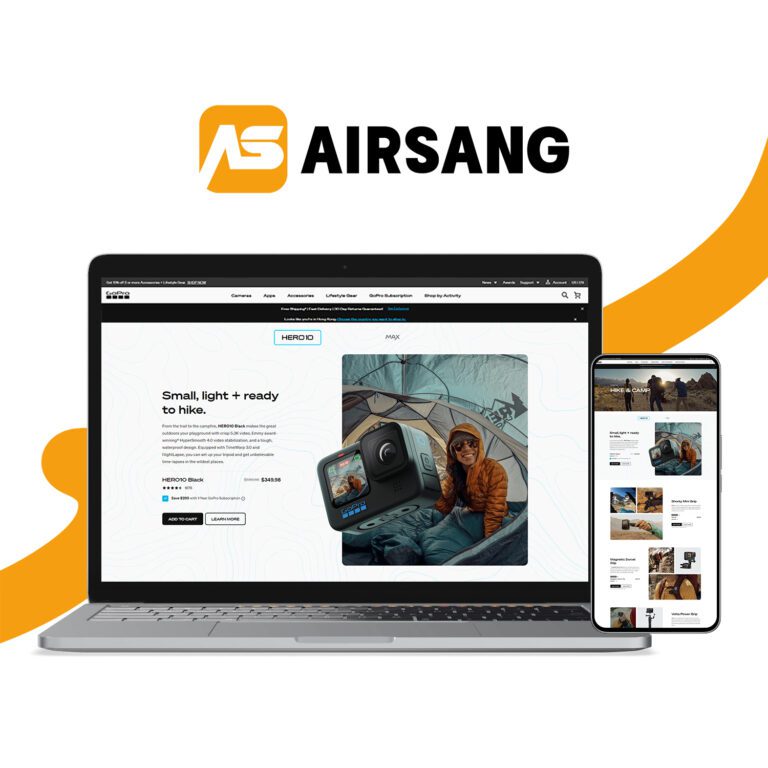Top Strategies to Improve Website Speed and Performance Metrics
At Airsang Design, we know a one-second delay can cut conversions by 7%. Today, site speed isn’t just technical—it’s key to SEO, user trust, and sales. If your site lags, you’re losing visitors before they even engage.
Compress and optimize CSS, JavaScript, and HTML files
Minifying code removes spaces, comments, and line breaks to cut file size and speed up load times. Tools like Terser, CSSNano, or WP Rocket (for WordPress) automate this for faster performance.

Reduce Image Size and Enhance Efficiency
Large images slow down pages. Switch to WebP or AVIF for smaller file sizes without quality loss—often cutting size by 40% and improving load speed by over a second.
Leverage a Content Delivery Network for Faster Load Times
A CDN speeds up your site by delivering static content from servers closest to users, cutting latency and boosting global load times.
Activate Caching on Both Browser and Server Levels
Caching lets browsers and servers reuse stored data, speeding up repeat visits. Use tools like Redis or Varnish, and set cache-control headers correctly.
Defer Loading of Images and Videos Until Needed
Lazy loading delays images and videos until they’re visible, reducing initial load time. It’s ideal for long pages, letting users engage faster while media loads in the background.
Load Non-Essential JavaScript with Defer or Async Attributes
Scripts like analytics or social embeds can delay rendering. Using defer or async lets the browser load the page without waiting on them, boosting FCP and TTI performance.
Remove or Delay Render-Blocking Assets
Some CSS and JavaScript files block content from rendering until they load. Fix this by inlining critical CSS and deferring or relocating JavaScript. Tools like Google PageSpeed Insights can help spot these issues.
Implement Mobile-Friendly Design and Scalable Images
Mobile performance matters. Use media queries and responsive images (with srcset and sizes) to avoid serving large desktop images to small screens.
Opt for High-Performance, Reliable Web Hosting
Even with a fast frontend, slow hosting hurts performance. Choose SSD-based, scalable servers with HTTP/2/3 support. For WordPress, use Kinsta, WP Engine, or SiteGround.
Reduce Reliance on Third-Party Scripts
Third-party scripts (e.g., chat widgets, pop-ups) can slow your site. Regularly audit and remove extras. Load them async and use Tag Manager to manage efficiently.
Continuously Monitor and Review Site Performance
Website performance requires ongoing attention—not a one-time fix. Regularly audit your site with tools like Google Lighthouse, GTmetrix, WebPageTest, or Pingdom. Focus on key metrics such as Core Web Vitals, TTFB, and TBT to spot and resolve bottlenecks effectively.
Streamline Your Database and Optimize CMS Configuration
On WordPress, excess plugins and a bloated database slow performance. Remove what’s unnecessary, limit revisions, and use tools like WP-Optimize. Add object caching and optimize queries to ease server load.
Conclusion
The web doesn’t wait—and neither do your users.
At Airsang Design, we’ve seen how faster sites drive more engagement and leads. If your site’s underperforming, we can help turn it into a high-converting digital asset.
















